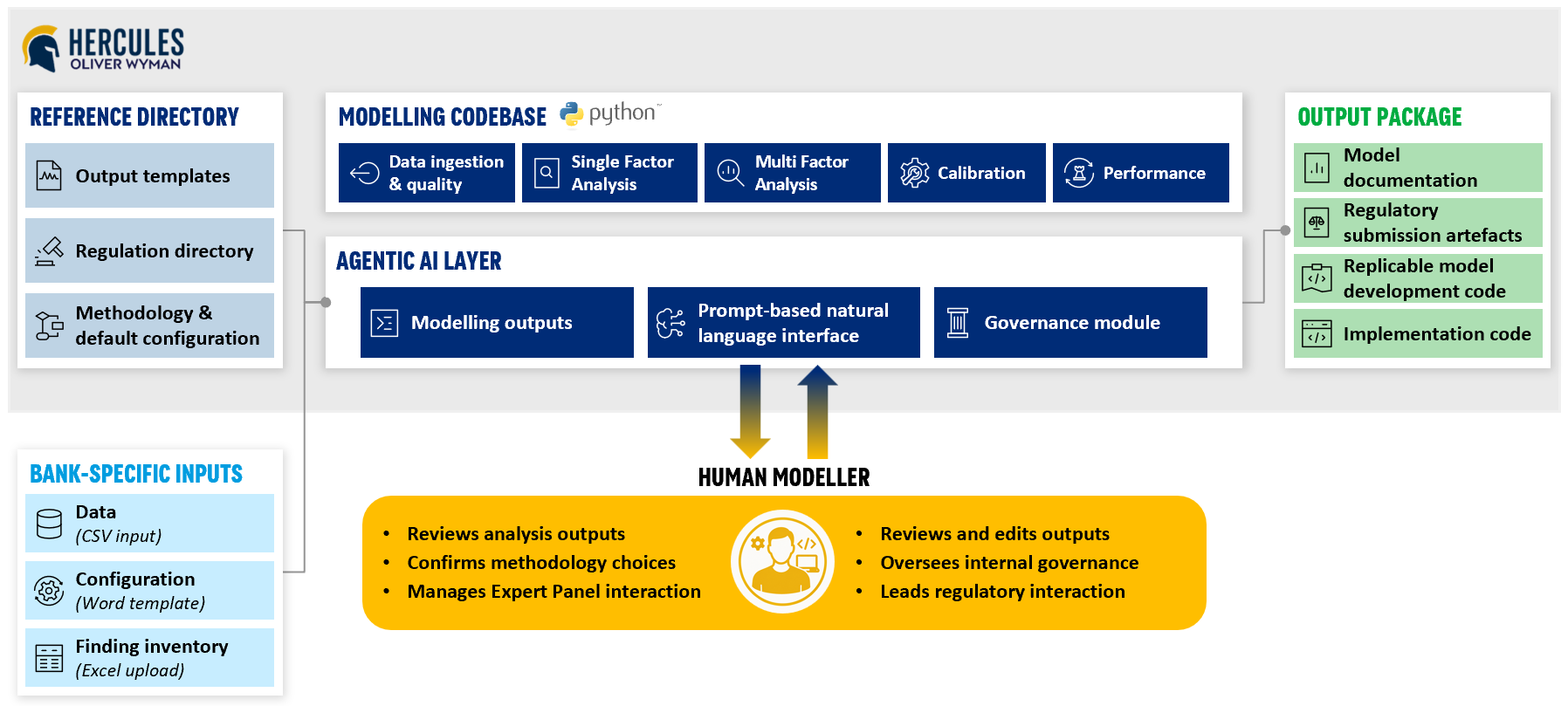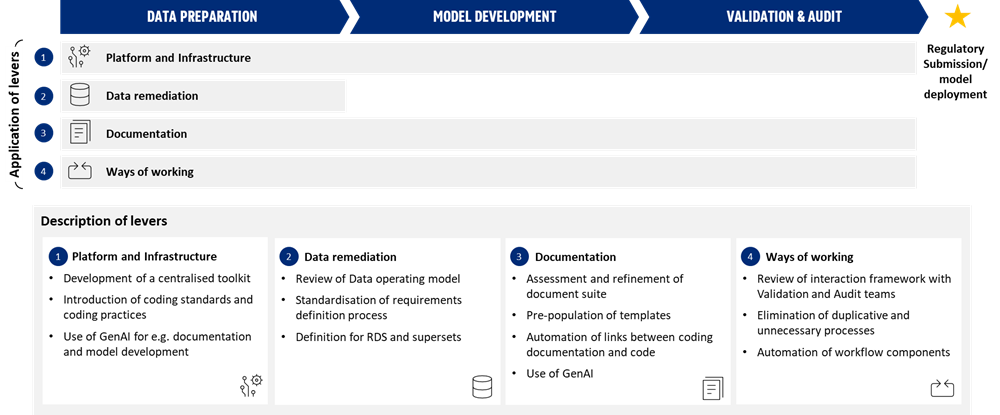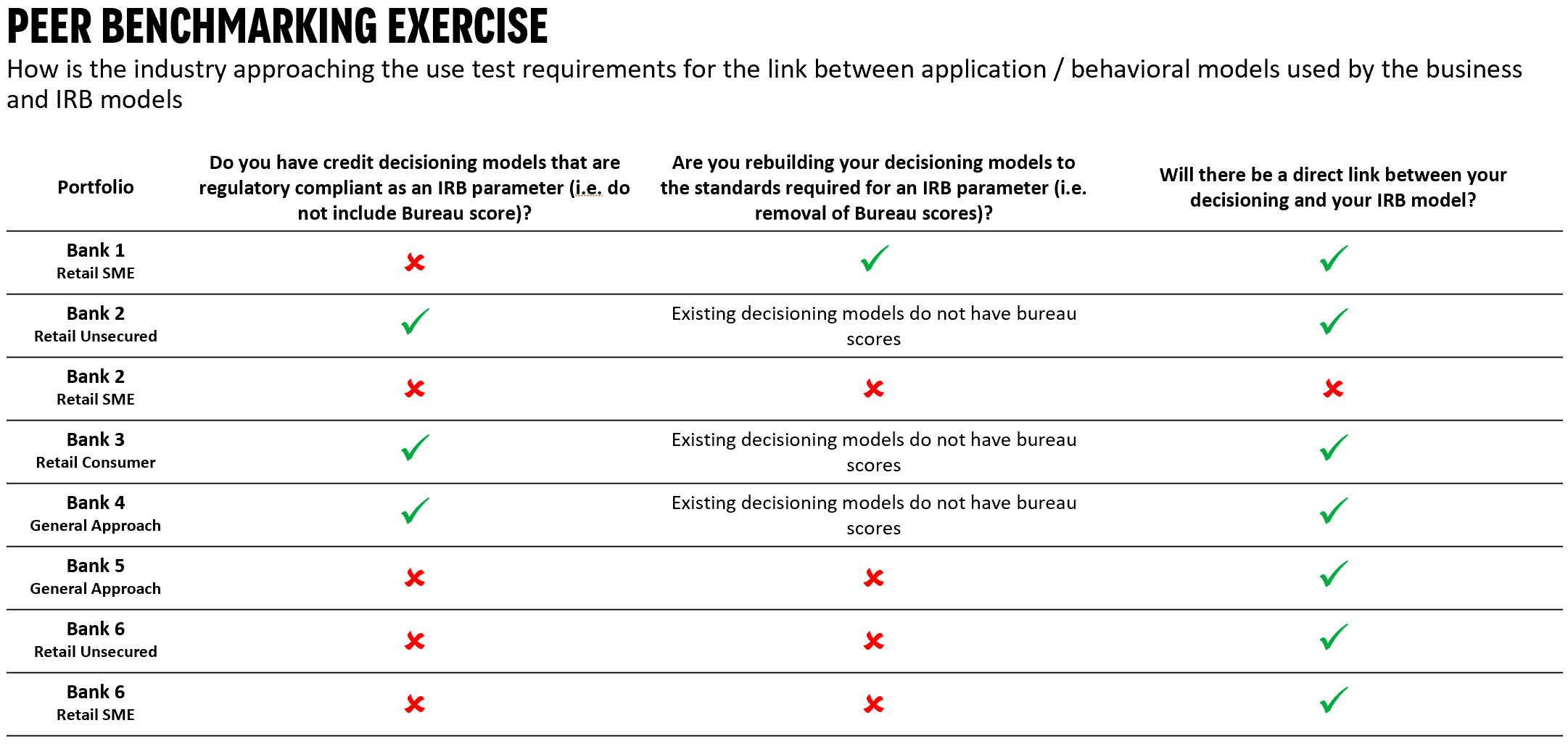Credit Risk
The dedicated space to converse with peers and our experts on all aspects of credit risk, from the technicalities of modelling using internal approaches, credit decisioning and underwriting, credit risk appetite, governance and monitoring, provisioning, and regulatory requirements
39
Topics
103
Posts
Contact Oliver Wyman
Reach out to our team if you want to collaborate on recent developments in Risk.
Subcategories
-
Internal Ratings Based (IRB) Discussion
Our dedicated space to discuss practicalities and technicalities of credit risk modelling using internal modelling approaches




